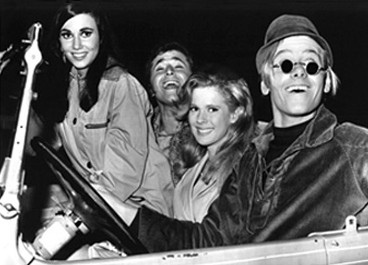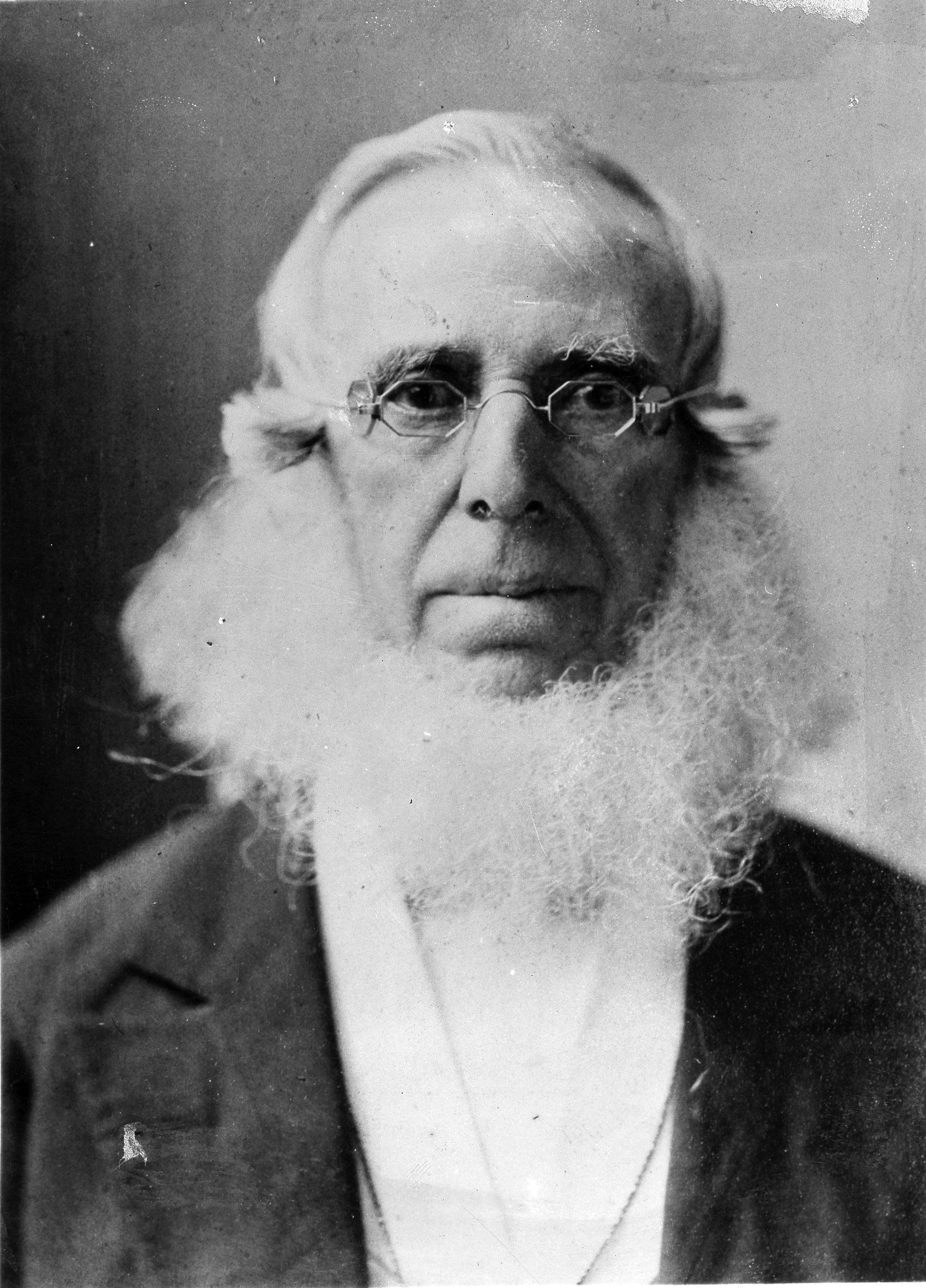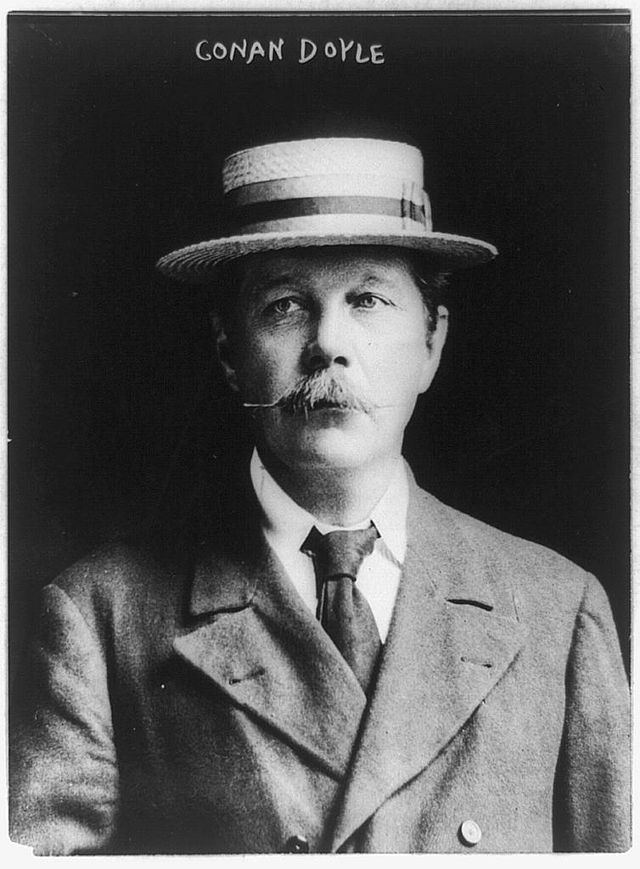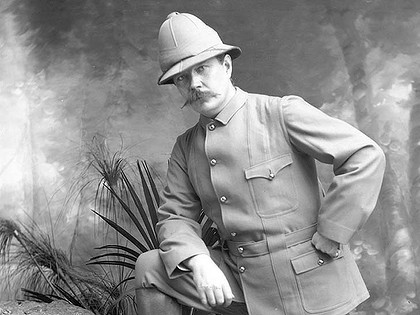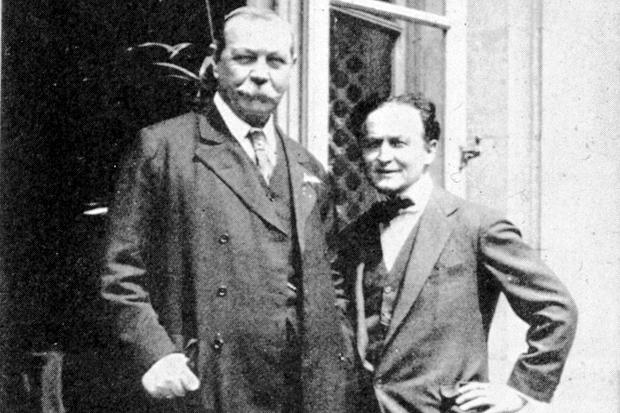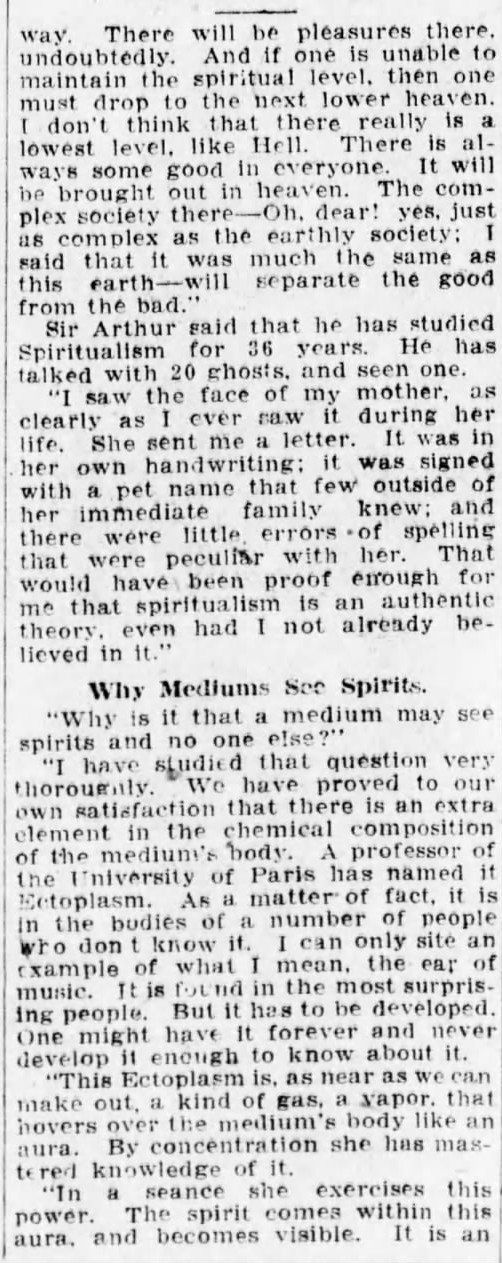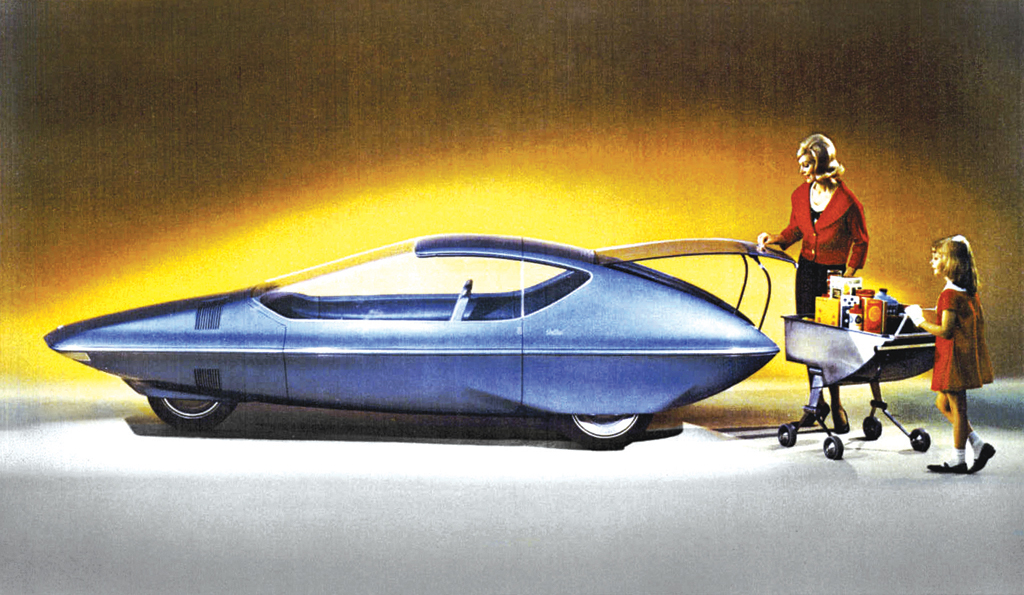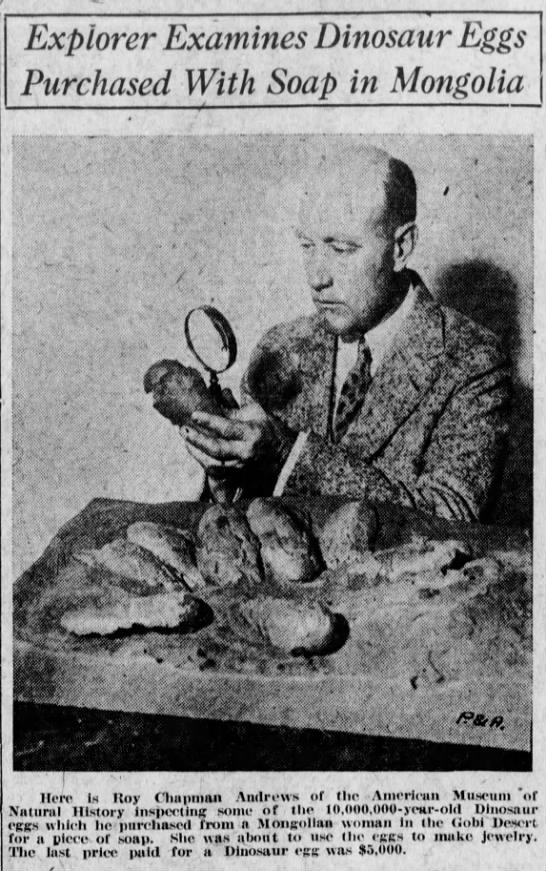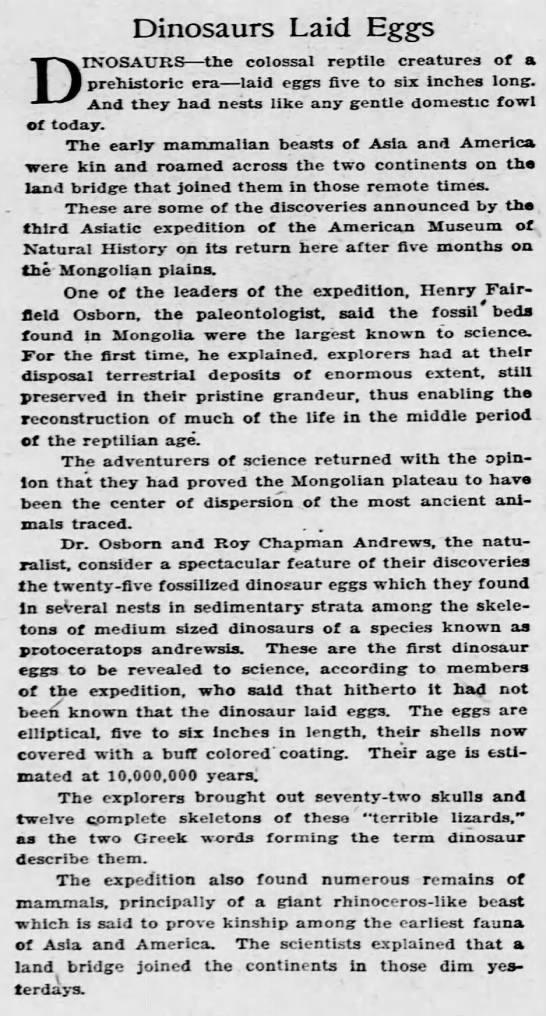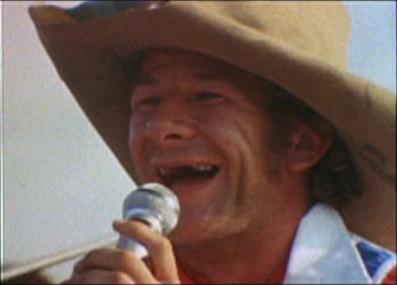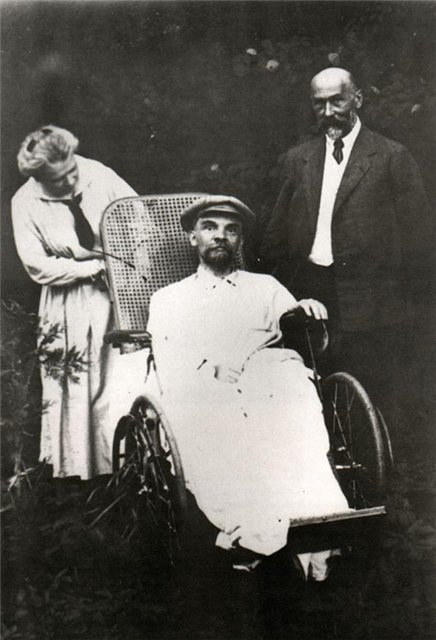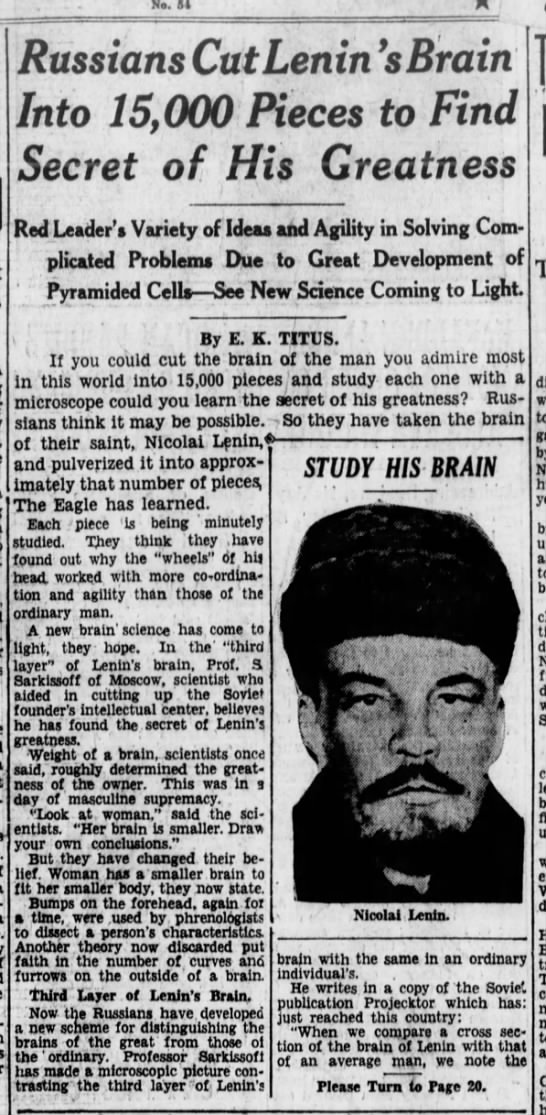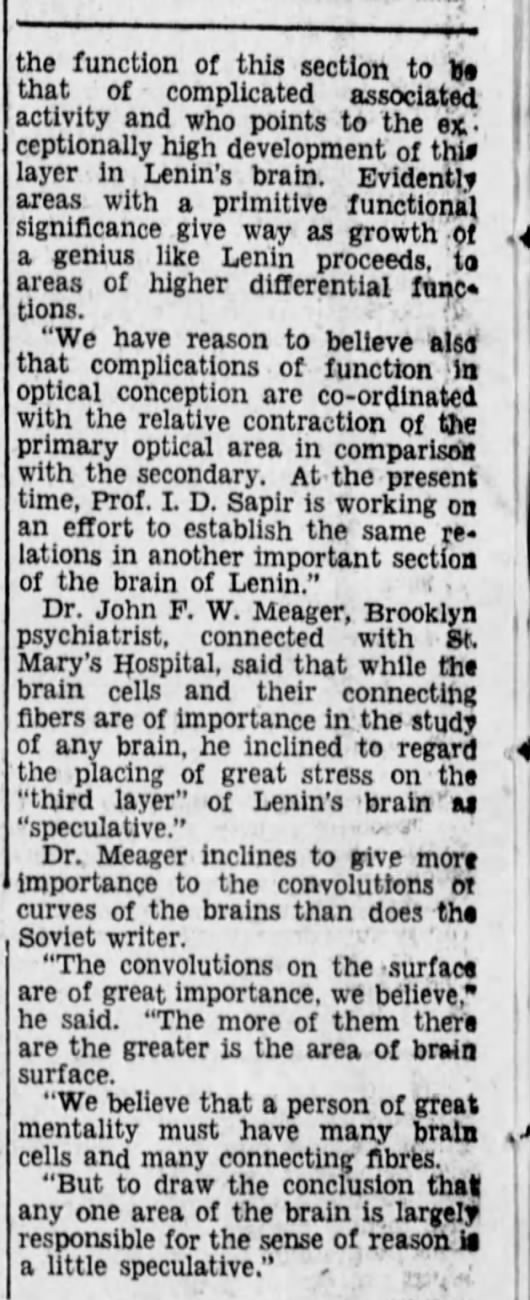During the insane time in California in the 1960s and early 1970s, when motorcycle gangs dropped LSD and a psychedelic pop band named itself “The Peanut Butter Conspiracy,” Joan Didion was the poet laureate of the Lost Children of the West Coast, runaways who’d run smack into a strange moment in America when all the clocks were broken. But Renata Adler also took a pretty fair shot at that title with her 1967 New Yorker article “Fly Trans-Love Airways” (gated), collected in her subsequent book Toward a Radical Middle, which examined the tensions between hippie kids and law enforcement on the Sunset Strip. A passage in which the journalist tried to make sense of it all:
Some middle-hairs who were previously uncommitted made their choice–and thereby made more acute a division that had already existed between them. At Palisades High School, in a high-income suburb of Los Angeles, members of the football team shaved their heads by way of counter-protest to the incursions of the longhairs. The longhairs, meanwhile, withdrew from the competitive life of what they refer to as the Yahoos–sports, grades, class elections, popularity contests–to devote themselves to music, poetry, and contemplation. It is not unlikely that a prosperous, more automated economy will make it possible for this split to persist into adult life: the Yahoos, an essentially military model, occupying jobs; the longhairs, on an artistic model, devising ways of spending leisure time. At the moment, however, there is a growing fringe of waifs, vaguely committed to a moral drift that emerged for them from the confrontations on the Strip and from the general climate of the events. The drift is Love; and the word, as it is now used among the teen-agers of California (and as it appears in the lyrics of their songs), embodies dreams of sexual liberation, sweetness, peace on earth, equality–and, strangely, drugs.
The way drugs came into Love seems to be this: As the waifs abandoned the social mystique of their elders (work, repression, the power struggle), they looked for new magic and new mysteries. And the prophets of chemical insight, who claimed the same devotion to Love and the same lack of interest to the power struggle as the waifs, were only too glad to supply them. Allen Ginsberg, in an article entitled “Renaissance or Die,” which appeared in the Los Angeles Free Press (a local New Left newspaper) last December, urged that “…everybody who hears my voice, directly or indirectly, try the chemical LSD at least once, every man, woman, and child American in good health over the age of fourteen.” Richard Alpert (the former psychedelic teammate of Timothy Leary), in an article in Oracle (a newspaper of the hallucinogenic set), promised, “In about seven or eight years the psychedelic population of the United States will be able to vote anybody into office they want to, right?” The new waifs, who, like many others in an age of ambiguities, are drawn to any expression of certainty or confidence, any semblance of vitality or inner happiness, have, under pressure and on the strength of such promises, gradually dropped out, in the Leary sense, to the point where they are economically unfit, devoutly bent on powerlessness, and where they can be used. They are used by the Left and the drug cultists to swell their ranks. They are used by the politicians of the Right to attack the Left. And they used by their more conventional peers just to brighten the landscape and slow down the race a little. The waifs drift about the centers of longhair activism, proselytizing for LSD and Methedrine (with arguments only slightly more extreme than the ones liberals use on behalf of fluoridation), and there is a strong possibility that although they speak of ruling the world with Love, they will simply vanish, like the children of the Children’s Crusade, leaving just a trace of color and gentleness in their wake.•

